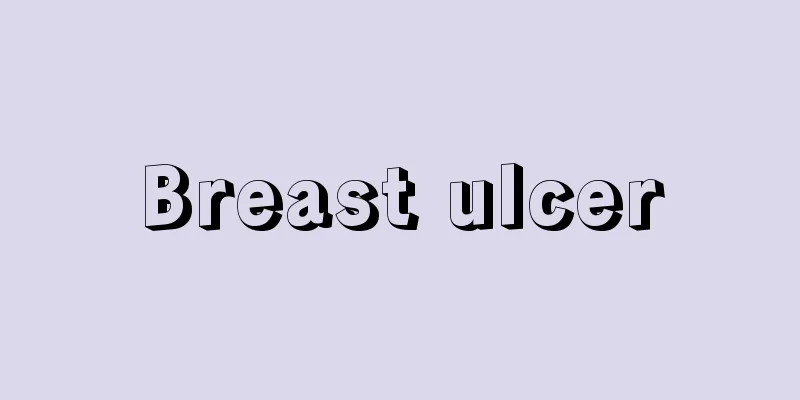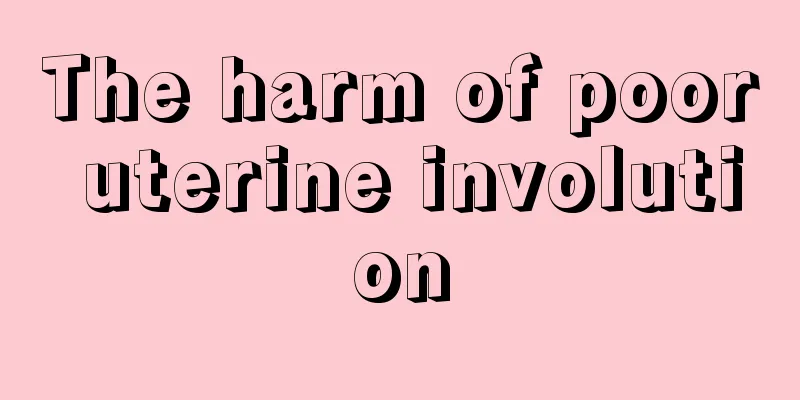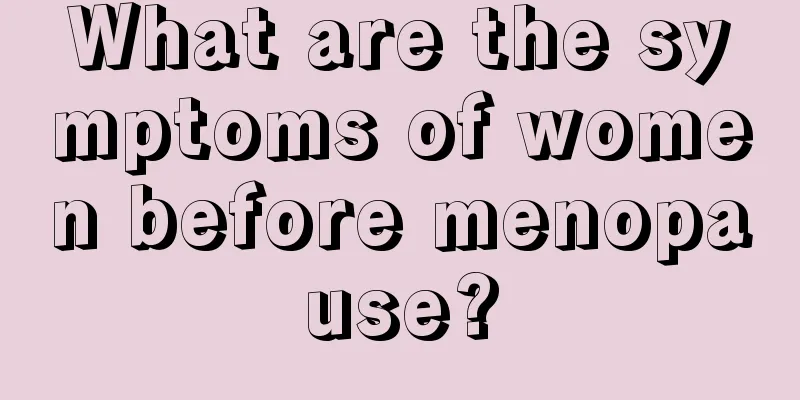What are the treatments for breast inflammation?

|
Mastitis is a common gynecological disease among women. There are many causes of mastitis. For example, women who are breastfeeding are prone to mastitis due to improper breastfeeding methods or milk blockage. At this time, you should pay attention to treatment and keep the breast area clean. When inflammation or swelling occurs, you can apply hot compresses to promote blood circulation. For severe inflammation, timely medication should be used. 1. Pay attention to cleaning: Pay attention to rest in the early stage, stop breastfeeding, clean the nipples and areola, and promote milk discharge (using a breast pump or sucking). Those who need incision and drainage should stop breastfeeding. This is the first prerequisite for treating mastitis. 2. Hot compress: Apply local hot compress, or wash 60 grams each of fresh dandelion and honeysuckle leaves, add a little vinegar or wine, and mash them for external application. Support your breasts with wide bands or a bra. 3. Antibiotics: Systemic antibiotics. To prevent and treat severe infection and sepsis, antibiotics are selected based on bacterial culture and drug sensitivity, and intravenous antibiotics are given when necessary. 4. Non-surgical treatment: Women with cracked or damaged nipples should stop breastfeeding and use a breast pump instead to drain the milk as much as possible. Apply local analgesic ointments, such as hopsin and cod liver oil bismuth, to promote wound healing. When milk cysts occur, you can apply manual massage after hot compress, gently massaging from around the breast towards the nipple to keep the milk ducts unobstructed and promote milk discharge. Inflammatory nodules can be blocked around them with 60 ml of 0.25% procaine plus 100,000-200,000 units of penicillin. Apply cold compress in the early stage and hot compress in the later stage. Use systemic antibiotics early. Use milk-reducing medicine: Stop breastfeeding on the affected side and use a breast pump to express milk. Appropriate use of milk-reducing drugs can be used. 5. Closure: 60-80 ml of 0.25% procaine for breast sealing can reduce inflammation. Choose broad-spectrum antibiotics orally or intravenously. One million units of penicillin can be dissolved in 20 ml of normal saline and injected around the inflammatory mass. 6. Drainage of pus: If an abscess has formed, it should be incised and drained. The incision should be radial to the nipple, avoiding the areola. For retromammary abscess or deep abscess under the breast, an arc-shaped incision can be made at the sternotomy fold under the breast. 7. Surgical treatment: Once an abscess is formed, surgery should be performed promptly to incise and drain it. Small superficial abscesses can be treated under local anesthesia, while large and deep abscesses should be treated under intravenous anesthesia. The incision is made in the center of the abscess, where the fluctuation is most obvious, but abscesses deep in the breast or behind the breast may not have obvious fluctuation. |
<<: What is the difference between early pregnancy and premenstrual signs?
>>: Does irregular menstruation mean the fallopian tube is blocked?
Recommend
Solutions for pain under the breast
Pain under the breast is now common. This may be ...
I'm pregnant even though I'm not having sex.
The bilateral fallopian tubes are a pair of long,...
Salt water can reduce the sensitivity of the glans penis
Sexual nerve sensitivity leading to premature eja...
Can’t touch water or take a shower after skin abrasion?
That is not the case. There are some rumors that ...
What brand is the Douyin V-shaped neck cream? Is the same massage neck cream as the Douyin one useful?
Recently, when I was browsing Douyin, I found tha...
Is intrauterine bleeding during pregnancy serious?
Intrauterine bleeding during pregnancy can have a...
Introduction to complex endometrial hyperplasia
In order to prevent the occurrence of complex end...
There is an appendix in the right lower abdomen, so why is the left lower abdomen uncomfortable? It may be that the intestines are "nervous"
A friend told Huazi that she felt uncomfortable i...
Can you get pregnant by having sex during your period?
Women's bodies will also undergo a series of ...
Causes of irregular menstrual cycles
Women need to learn to take care of themselves. T...
Symptoms of impaired renal function in women
As a urinary organ in the human body, the kidney ...
Is it normal to have enlarged nipples during pregnancy?
Pregnancy is a particularly special period in a w...
What to eat if there are small bumps on the vulva
The vulva is a part of reproductive tissue that i...
Protecting your liver is protecting your life! If you have a bad liver, you should avoid these 9 common foods
For some people, wine is spiritual food and a sou...
Treatment for female urethral itching
As the pressure of daily life increases, many fri...









